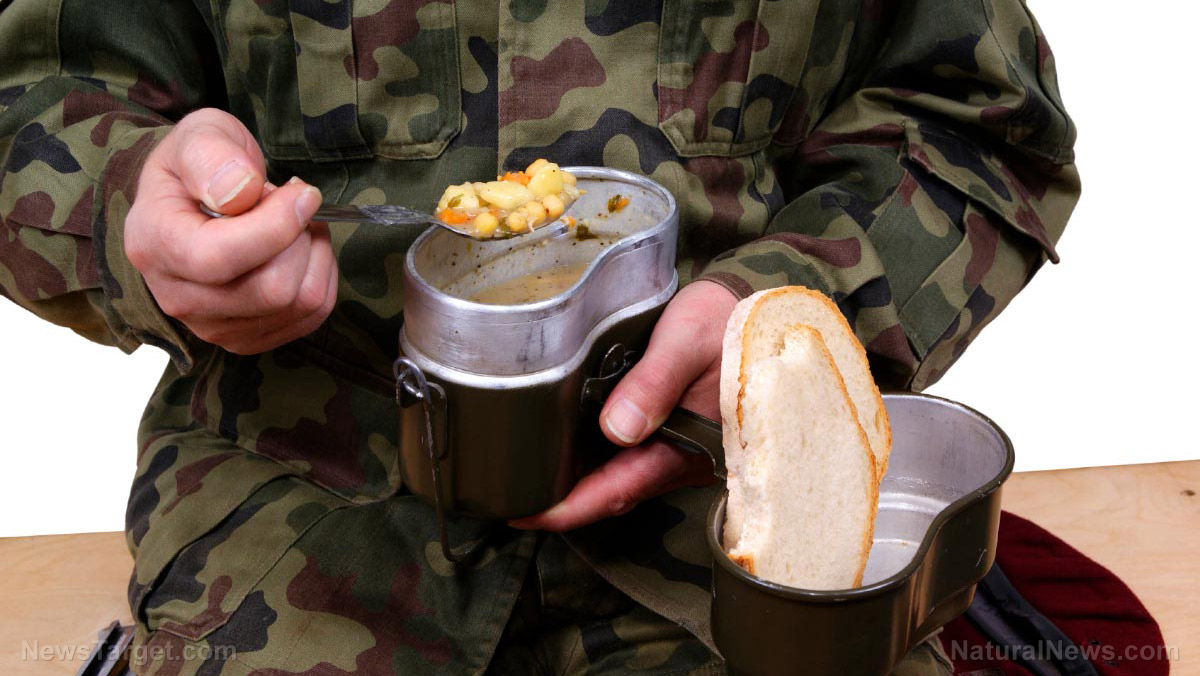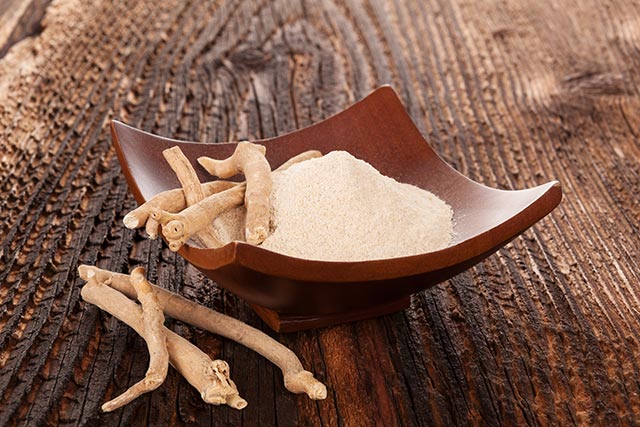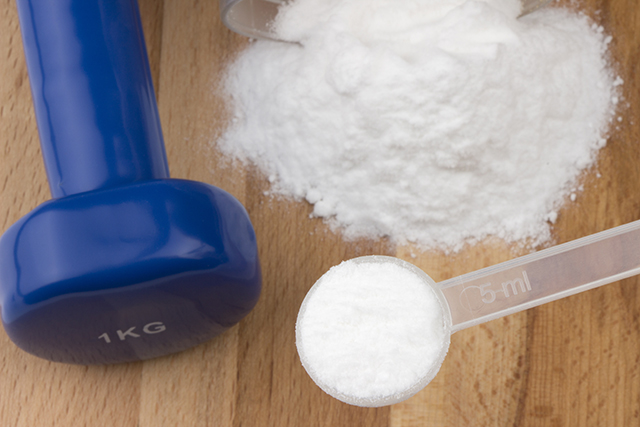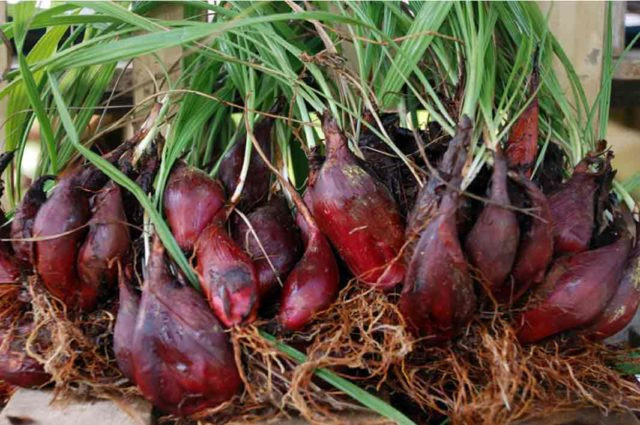Deployment effects on diet quality and nutrition markers in special operations soldiers
10/05/2018 / By Frances Bloomfield

A multi-institutional team of researchers has determined the impact of combat deployment on the diet quality and nutritional status of Special Operations Forces (SOF) soldiers.
- Nutritional status markers for pre-deployment baseline data were collected via blood extraction from 107 male participants assigned to an elite U.S. Army Special Operations unit. Additionally, all participants answered a Block Food Frequency Questionnaire (FFQ) and background questionnaire.
- Less than half (50) of the original participants returned from deployment for the reintegration period. During this time, the researchers gathered post-deployment data on nutritional status markers.
- Of the returning 50 participants, 33 completed the post-deployment FFQ and follow-up questionnaire.
- The changes were calculated according to the Healthy Eating Index-2010 (HEI-2010).
- Following deployment, nearly all of the HEI-2010 scores dropped. The overall HEI-2010 score went down from 70.3 plus-minus 9.1, pre-deployment, to 62.9 plus-minus 11.1, post-deployment.
- Additionally, the study authors noted reductions in the total fruit, whole fruit, empty calories, and dairy consumption categories.
- Parathyroid hormone (PTH) levels, which may be indicative of bone density changes or excessive, strenuous physical activity, also dropped.
- Average daily intake of milk, calcium, and vitamin D lessened. No iron deficiencies were observed. However, the participants’ iron stores degraded.
Thus, the researchers suggested enhancing the quality and availability of perishable foods in the middle of deployment to improve diet quality. SOF personnel should avoid empty calories as well.
Find the full text of study at this link.
Journal Reference:
Farina EK, Taylor JC, Means GE, Murphy NE, Pasiakos SM, Lieberman HR, McClung JP. EFFECTS OF DEPLOYMENT ON DIET QUALITY AND NUTRITIONAL STATUS MARKERS OF ELITE U.S. ARMY SPECIAL OPERATIONS FORCES SOLDIERS. Nutrition Journal. December 2017; 16(41). DOI: 10.1186/s12937-017-0262-5
Tagged Under: Army, diet, diet quality, food quality, military, nutrients, nutrition, nutritional deficiency, soldiers, Special Operations Forces




















